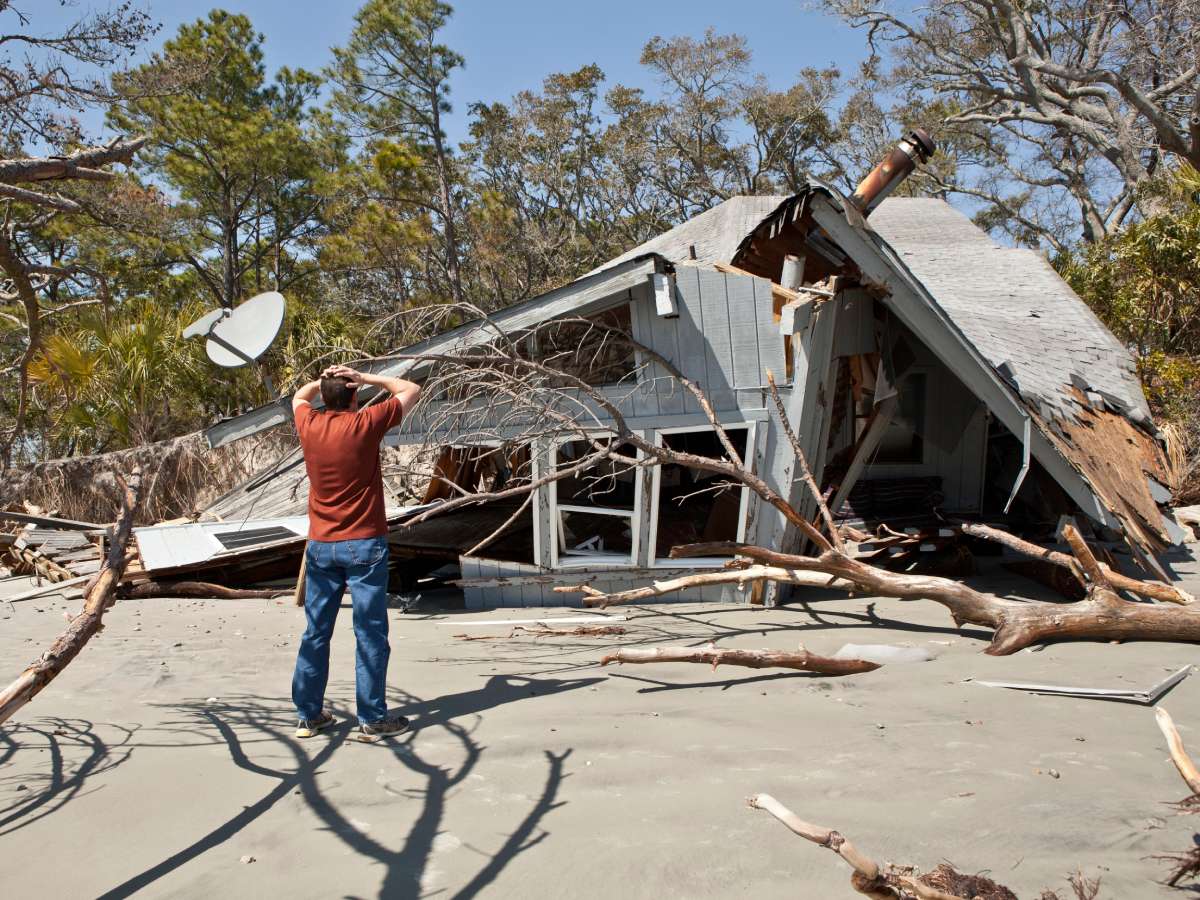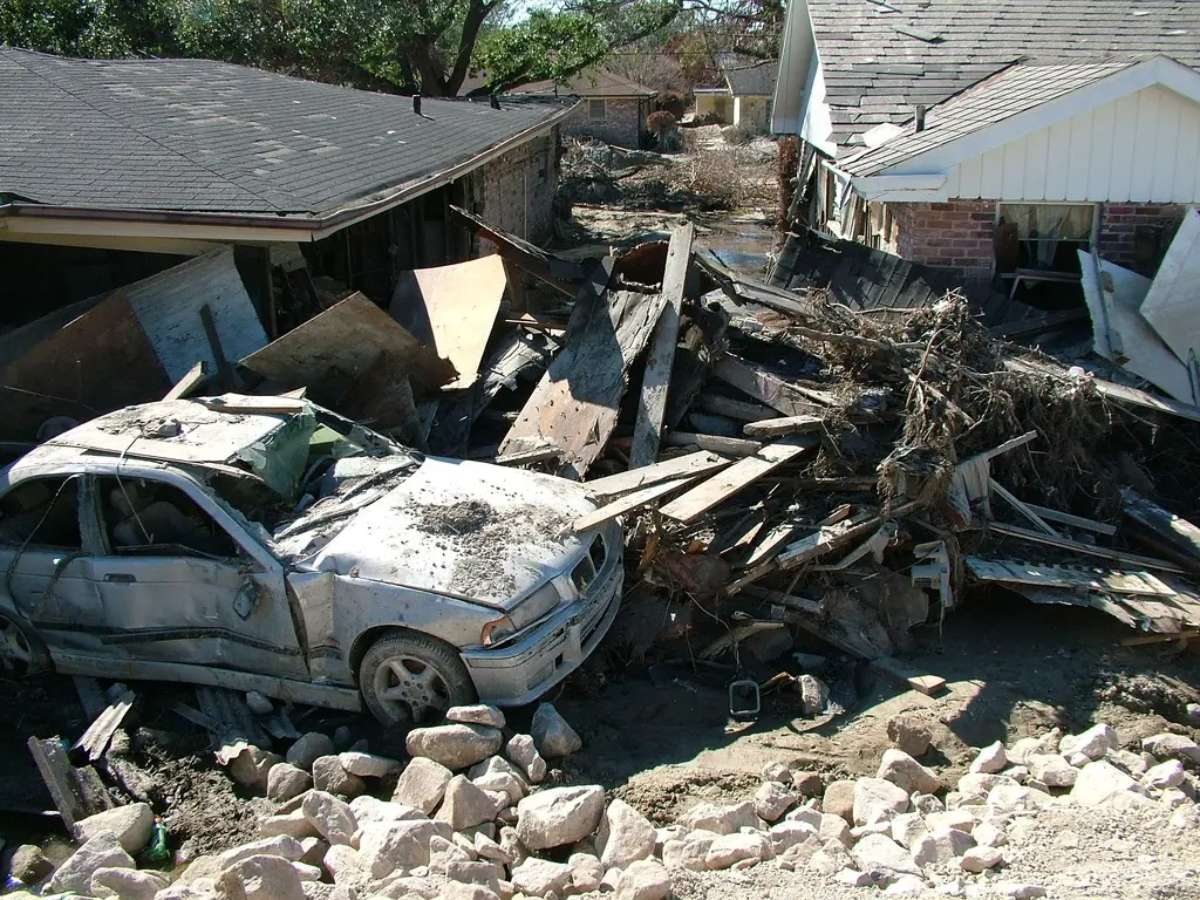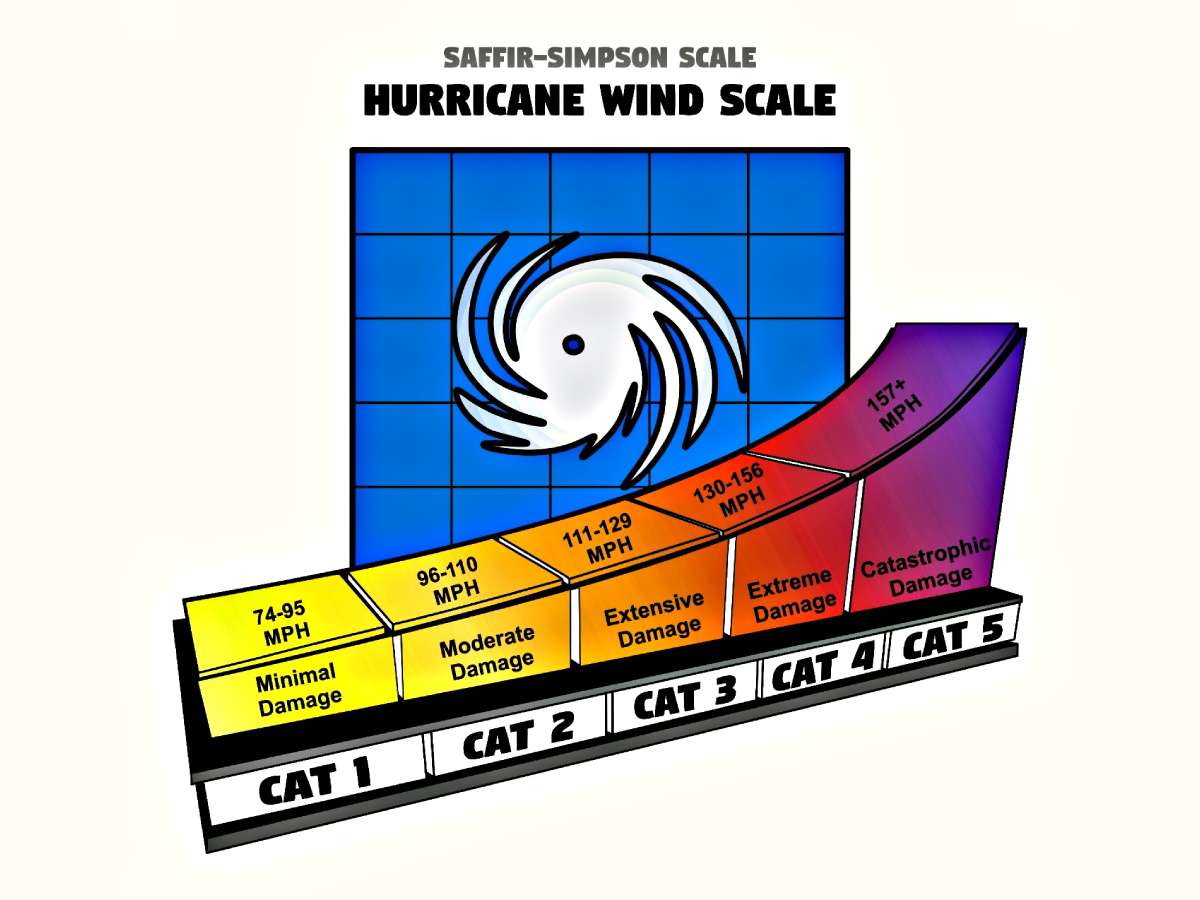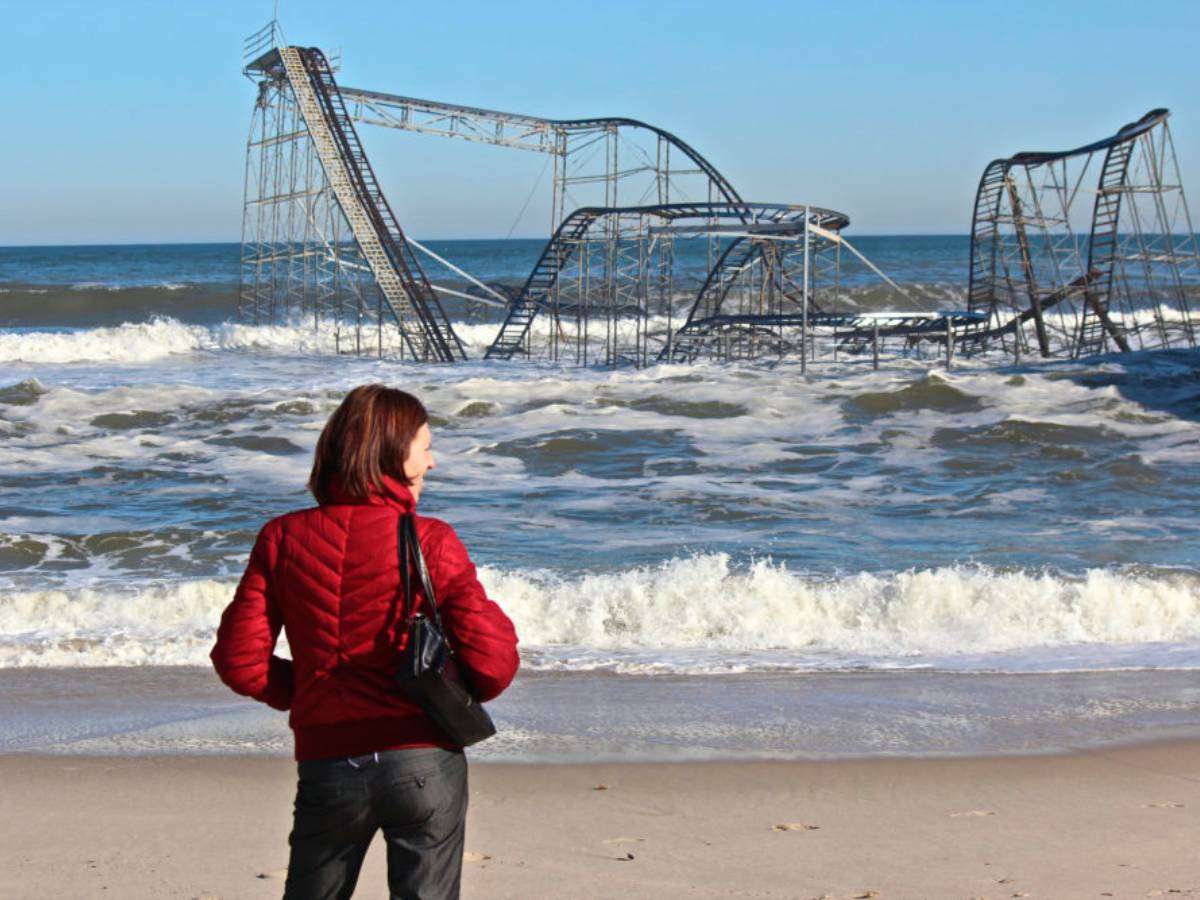Can You Make A House Hurricane Proof?
Hurricanes have the power to destroy homes and businesses with powerful sustained winds of 74 miles per hour or more.
However, you have the power to restrict hurricane damage to your home by fortifying your home and making it a hurricane-safe home.

Fortified solutions have long been used in places like Florida — where hurricanes are a threat throughout the entire hurricane season.
Here are some of the ways you can fortify your house for the upcoming hurricane season…
Hurricane Safe Rooms vs. Hurricane-Safe Homes
Commonly seen today are hurricane safe rooms — concrete bunkers that become the safe haven for your family when a hurricane is bearing down.
Hurricane safe rooms range in size from about 8 feet by 8 feet to around 14 feet by 14 feet.
They cost anywhere from around $7,000 to $15,000 to build and can be constructed as part of the home OR can be added on after the house has already been built.
Here’s what tornado shelters & safe rooms are like.
Hurricane safe rooms differ from hurricane-safe homes in these ways:
- A hurricane safe ROOM is one small area that you can escape to during the storm for protection.
- A hurricane-safe HOME refers to construction methods (or upgrades) to a home that are designed to protect the entire house from hurricane damage.
How To Make Your House Hurricane Proof
Most people, when they think of a hurricane-safe home, tend to envision a concrete structure much like Fort Knox.
However, a fortified home has many wind-resistant features that are incorporated during the construction process, and many aren’t even noticeable once the house is finished!
For example, after the destructive Hurricane Andrew made landfall in South Florida in 1992, the Sunshine State set forth a new set of building codes that require stronger metal brackets to connect the roofing structure of a house to its walls. This measure — which isn’t even visible upon the completion of a house — has potentially saved the failure of many roofs on homes built since that have faced hurricane-force winds.
See how well the NEW post-Hurricane Andrew roof standards hold up to hurricane-force winds here.
Ever seen a roof that’s sloped on all sides? These are called hip roofs. They are much more effective against resisting hurricane-force winds than gable end roofs. Why? Because winds will easily swerve over a hip roof — whereas a gable end roof tends to catch winds, much like a sailboat does.
Another area that hurricane-safe homes score well on is windows and doors. Buying hurricane proof house windows and doors means that you will have added protection from the storm during winds of 120 miles per hour or even greater.
Storm shutters made of durable corrugated metal are yet another step forward in making a hurricane-safe home. These types of hurricane shutters can be stored away in your garage until needed.
An added benefit of replacing old windows and doors with hurricane-safe windows and doors is that many of the newer doors & windows these days provide even greater energy efficiency. This can help save you money on heating and cooling your home.
Don’t go for the cheapest siding, roof shingles, and other hurricane-proof building materials. While you might be tempted to shave off a few bucks from the home improvement bill, you’d be putting your home at severe risk of destruction if you don’t buy the right materials for the job.
That also means buying thicker decking, as well as hurricane-rated shingles and siding.
Garage doors are often the weakest area of a home during a hurricane:
- If you’re building a new home, consider a house design that reduces how much area of your home has garage doors. Building a garage separate from the rest of your home is one good way to minimize such a weakness to your living space.
- For an existing house, make sure to retrofit your home with hurricane-rated garage doors.
One final tip regarding your home’s resistance to hurricanes…
You want to make sure that your front door opens OUT (not in).
This is one of the most important things you can do to protect your home from hurricane-force winds RIGHT NOW. Because if the door’s hinges are positioned such that the outside wind could blow the door open, that alone would send hurricane force winds directly into your home’s interior!
How To Hurricane Proof Your Yard & Property
Making your house hurricane safe means more than just ensuring the walls and roof stand up against strong winds.
The yard is often where the hurricane damage to a home starts. That’s because heavy winds can pick up lightweight items and make dangerous and destructive flying projectiles out of them!

As soon as there’s a hurricane warning for your area, be sure to do these 10 things ASAP!
You’ll want to remove these items from your property before a hurricane:
- Bird feeders
- Garbage/compost bins
- Garden ornaments (flags, gnomes, spinners, poles, signs)
- Hanging flower baskets
- Holiday decorations
- Lawn & garden tools
- Outdoor furniture
- Potted plants
- Storage containers
- Toys
- Wind chimes
You’ll also want to use hurricane-rated fences and gates around your property.
And keep pebbles and tiny rocks (which can become airborne in high winds) away from your yard, if possible.
With regard to the trees and plants in your yard…
Here are a few things you can do to reduce the likelihood of the trees causing damage to your home and property:
- Cut down any rotting and diseased trees
- Remove trees that stand within falling distance of your home
- Trim away dead tree branches
- Replace tall shrubs and bushes with lower plants
Consider Flood Insurance
If you live in a hurricane zone, then you probably live in a flood zone — so flood insurance is a given. But it’s amazing how many people think they don’t need it!
Also, many people don’t realize that their homeowner insurance policy does NOT include flood insurance.
So, while you may think that you’re covered for any damages caused by flooding, you are likely to find yourself flooded with no coverage at all.
Unfortunately, flood insurance is not something that you can just decide to buy right before a hurricane. Flood coverage has a 30-day waiting period. So it’s best to buy flood insurance now — BEFORE the storm hits.




